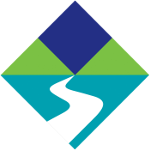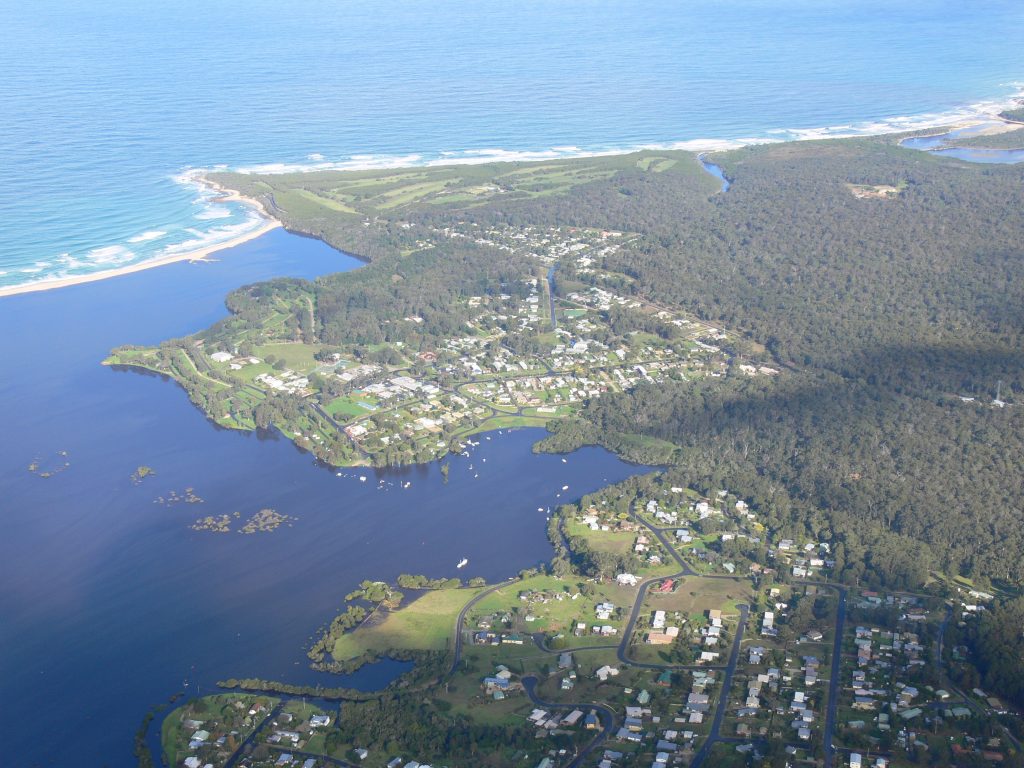
With the Mallacoota estuary entrance currently closed to the sea, the East Gippsland Catchment Management Authority (EGCMA) continues to regularly monitor the estuary levels as part of our waterway management role.
Last week Mallacoota received about 60mm of rain, which has increased the estuary water level to 0.92m on the gauge located on the public jetty by the boat ramp. For a successful opening to be considered the water level needs to be more than 1.5m on the gauge. An artificial opening below this level is unlikely to last for more than a few days before closing again.
When the estuary is closed for extended periods areas such as the town boat ramp, the foreshore walking path, car parks, moorings and some private property is affected.
Ideally, a good rain event will open the entrance naturally, however, there have been times in the past when the estuary has been opened artificially. A decision to artificially open the estuary is made by the EGCMA, with the works being undertaken by Parks Victoria.
An artificial opening is not being planned at present. In planning an artificial opening, the main physical factors considered are the level of the water in the estuary, the predicted tide levels at sea, the forecast weather conditions and the distance of the sand bench between the beach and the lake.
The main environmental factor considered is the oxygen levels in the estuary at the time of the proposed opening to avoid a fish kill. A fish kill can occur if the oxygenated water drains from the top water layers and forces fish into the lower oxygen-depleted water. This data is collected regularly in the lead up to an opening to help inform our decision making.
Further information about estuary conditions and the timing of an artificial opening can be found here.
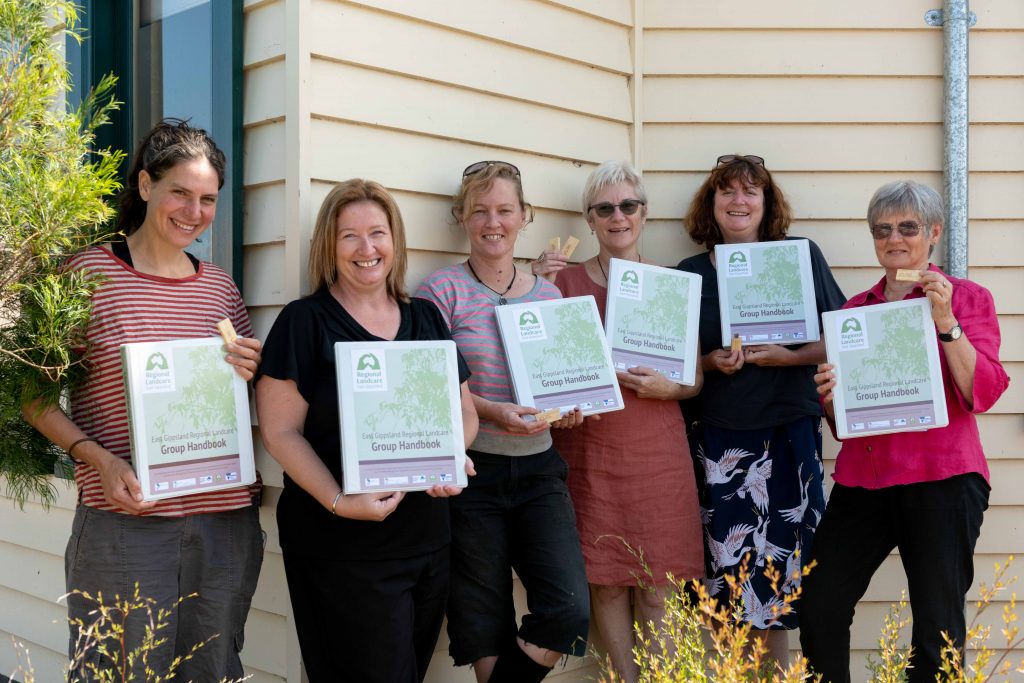
(L-R) Rena Gaborov, Carolyn Cameron, Shelley McLean, Penny Gray, Emma Orgill and May Leatch at the East Gippsland Regional Landcare Group Handbook.
A new resource is set to benefit Landcarers throughout East Gippsland by removing the administrative burden that many groups feel and providing useful and relevant information.
The East Gippsland Regional Landcare Group Handbook was launched last week by the East Gippsland Catchment Management Authority together with Far East Landcare Victoria (FEVL), the East Gippsland Landcare Network and the Snowy River Interstate Landcare Committee.
A collection of resources designed to take the mystery out of good governance and record keeping, the handbook comes in electronic and hard copies and provides information on running a successful community group. It includes a variety of templates, from agendas and minutes to capturing volunteer hours, which can be customised by each group to meet their needs.
Penny Gray, Network Co-ordinator with FEVL, was instrumental in creating the handbook and is excited by the benefits of an electronic version. “The handbook provides a one-stop shop that we’ve never really had before. It will allow groups to get on with what they want to focus on rather than getting bogged down in paperwork.”
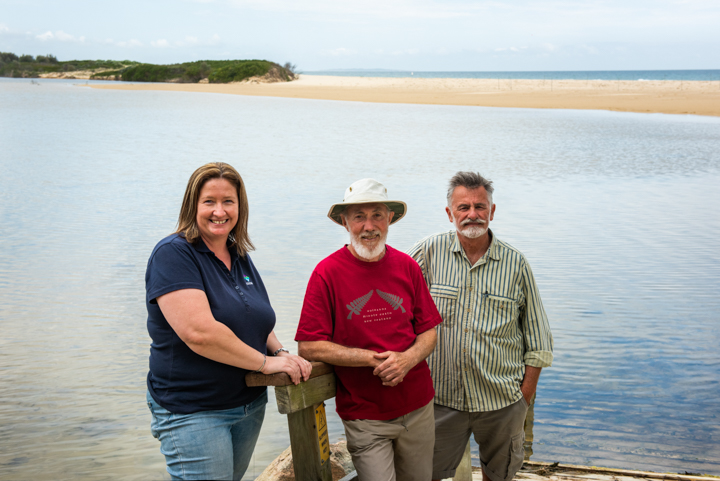
Carolyn Cameron from the EGCMA with Martyn Hiley and Max Elliott from the Friends of Mallacoota
Gabo Island might be a remote parcel of land in the most remote pocket of eastern Victoria but it is also home to an ambitious project to remove a highly invasive weed, Mirror bush.
Through funding from the East Gippsland Catchment Management Authority, the Friends of Mallacoota group are working to get rid of the shrub, a native of New Zealand.
Mirrorbush is often planted in coastal gardens because of its tolerance to sea-spray but it is also capable of forming dense clumps that don’t provide any room for native plants to grow and restricts the habitat of native critters and birdlife.
Martyn Hiley, a member of Friends of Mallacoota and regular visitor to Gabo Island recalls “In the past, I’d visit and see the weeds there and think wouldn’t it be nice to do something about that?” And now he is. Three times a year, eight volunteers charter a boat to the island and stay in accommodation provided by Parks Victoria. In four day stints the team use a grid pattern to remove weed from an area around the Lighthouse and they hope that in 5-6 years they will have completed the entire 154 hectare island.
Max Elliott moved to Mallacoota 18 months ago, and he is impressed at the willingness of the community to dig in and lend a hand. “Our Friends group has 130 members which isn’t bad for a town of only a thousand or so people. If somebody wants to get something done then they know they just have to ask, and that’s true of getting weeds off Gabo or removing rubbish from Betka Beach or anything. Town folk are just willing to get in and do and that’s a lovely thing.”
“People can ask why we care about the weeds on Gabo Island” says Martyn, “The people of Mallacoota love Gabo Island and the nice thing about an island is that it’s contained. If we can remove Mirror bush entirely off the island then it may not come back, and that’s a good thing.”
“Because of the hard work of the Friends of Mallacoota, the township is relatively weed free, we’re surrounded by wilderness and it would be nice to see Gabo weed free one day too. “
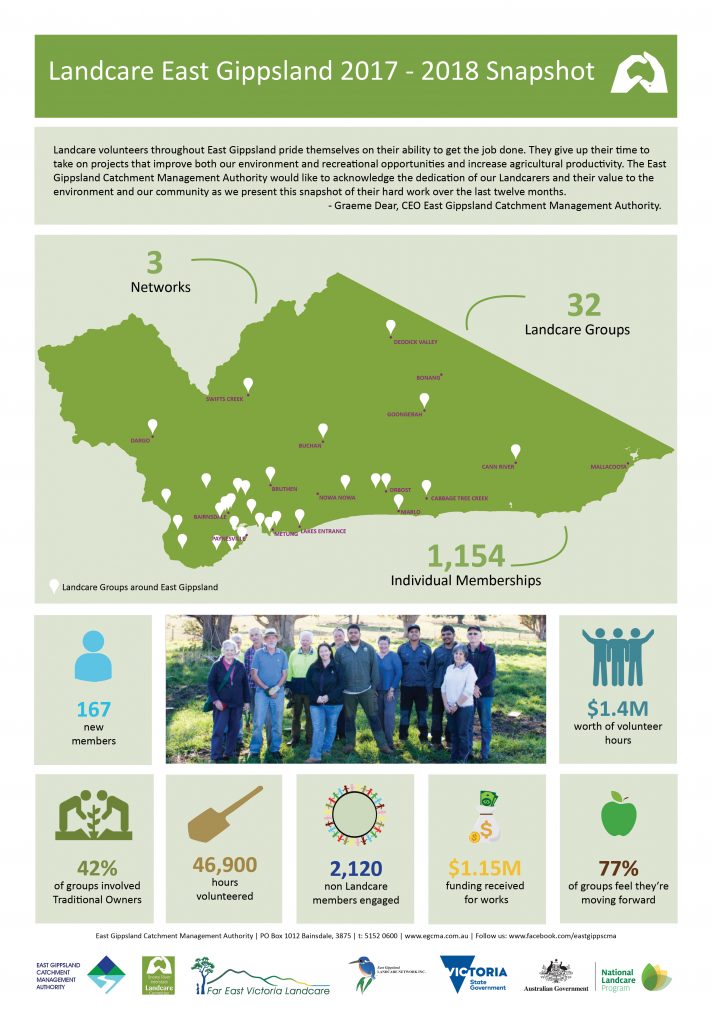
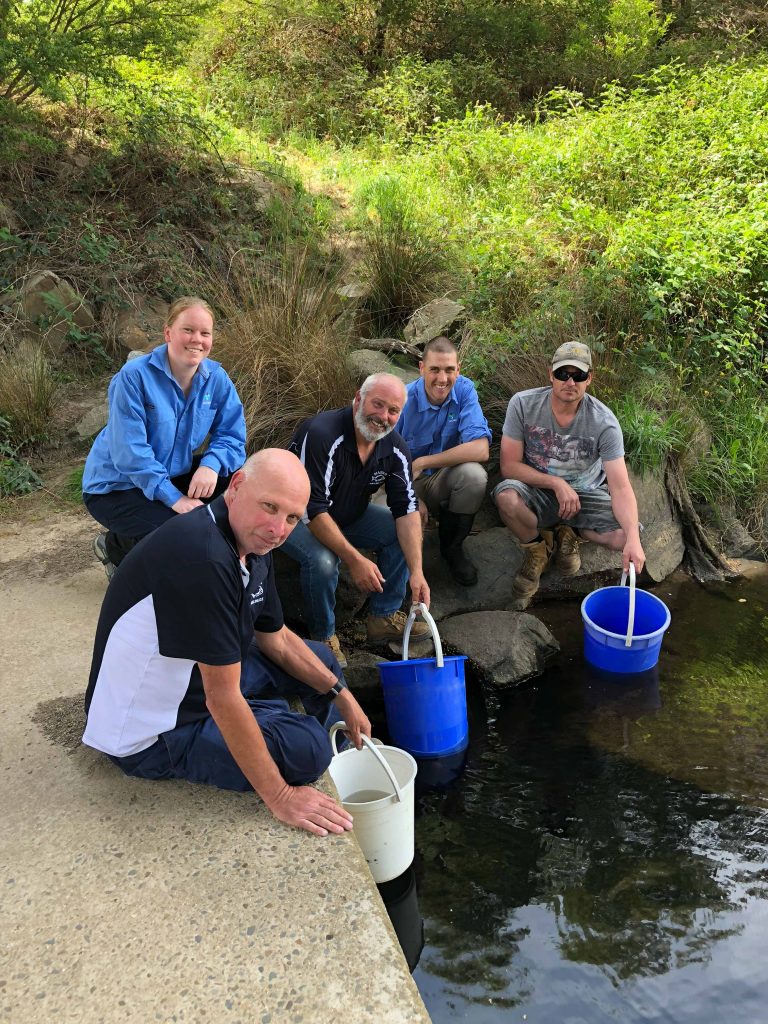
Last week saw the release of 25,000 Bass fingerlings into East Gippsland’s waterways, with 15,000 released into the Nicholson and 10,000 into the Brodribb River as part of a project undertaken by the East Gippsland Catchment Management Authority (EGCMA), Bairnsdale RSL Fishing Club, Marlo Angling Club and the Victorian Fisheries Authority.
As a passionate fisherman, David Ballinger President of the Marlo Angling Club understands the importance of a healthy waterway and is eager to boost Bass numbers. “This is all about the protection of a species by supporting and building of a healthy population. This is so important to us as a club and we are all very proud to be involved.”
“Our club is always eager to play our part in promoting a healthy fishery.” said Russell White, President of the RSL Fishing Club. “Australian Bass are an iconic fish to this area and we want to keep them here.”
Graeme Dear, CEO of EGCMA said “Working together with our local angling clubs benefits both the health of our rivers and the fisherman who love to catch Bass.”
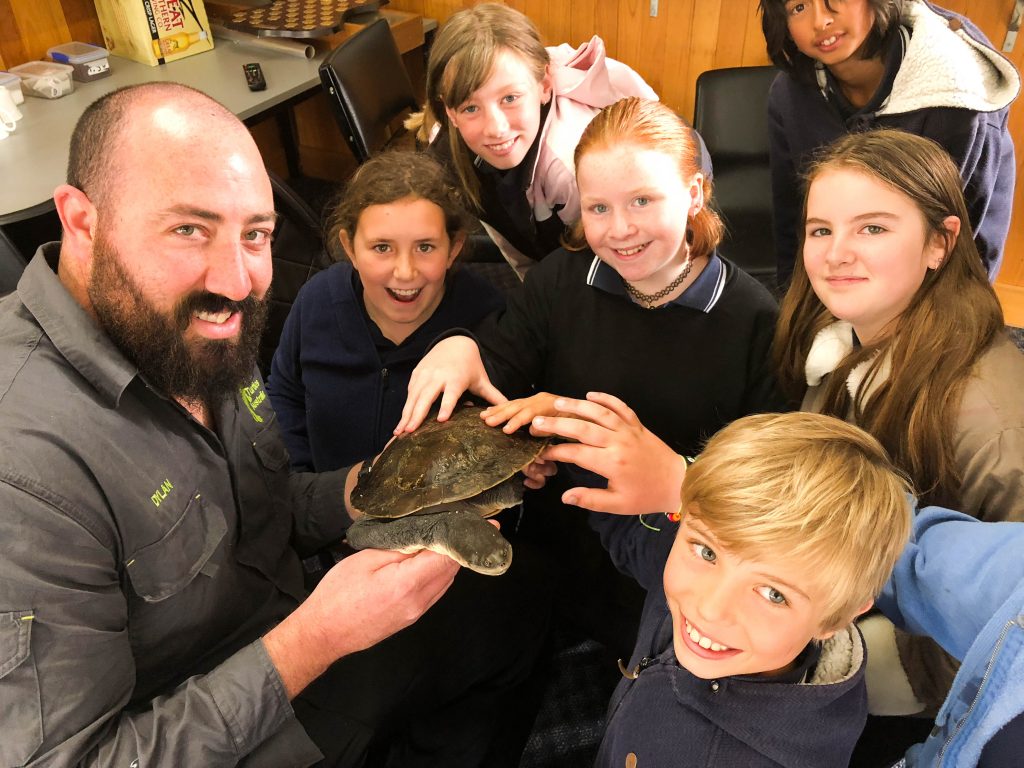
Students from Lindenow Primary spent a delightful day with members of Turtles Australia, Greening Australia and the East Gippsland Catchment Management Authority (EGCMA) last week learning about all thing turtles.
You might not think of the Eastern Long Neck Turtle as a predator, but in the swampy world of Aussie wetlands – home of waterbugs, tadpoles and small fish – the turtle is king! “They do a great service to the rivers” explains Dylan Hill from Turtles Australia. “They eat just about anything and keep the bugs down which really helps to promote healthy waterways”.
Greening Australia and the EGCMA are currently working together to improve the biodiversity of the Skull Creek wetlands near Lindenow. Martin Potts from Greening Australia thinks that connecting our local young folk with the catchment right on their doorstep is a pretty good idea. “These guys have all seen turtles around but today they’re learning different things about their habitats and their lifecycles; and how they can help to protect them and be aware of them.”
Grade five teacher Danae Murrell thinks that helping kids to get out and explore their own backyard and what’s happening in their local area promotes a healthy lifestyle and a sense of stewardship. “It’s going to be up to these students to create change in the future and to help protect our special places and pass them on to future generations.”
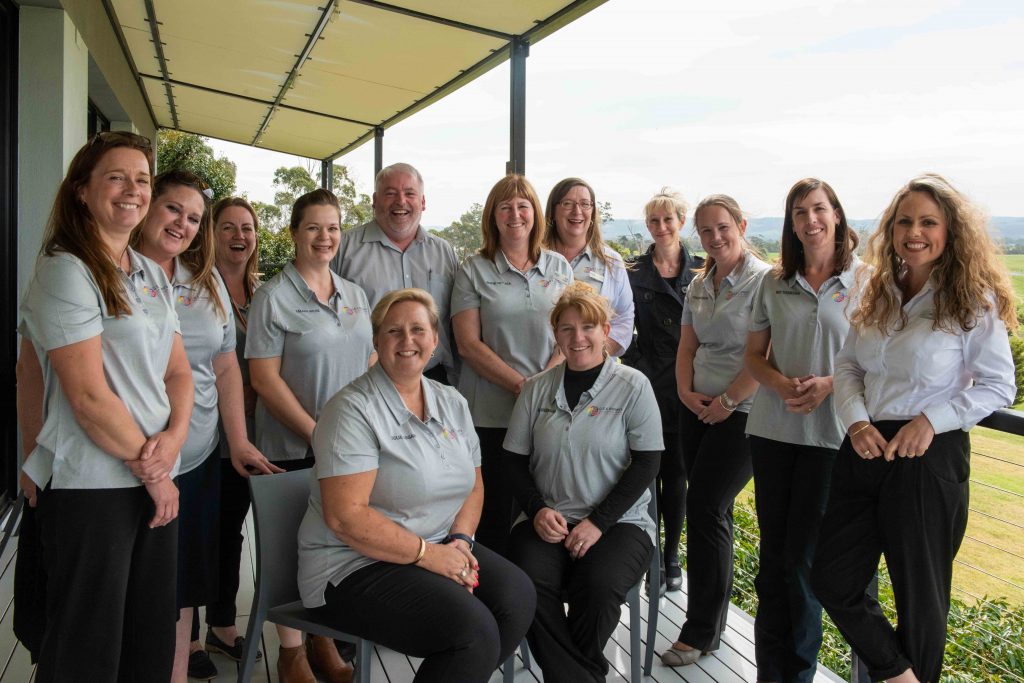
Promoting diversity in leadership was the theme of the 3rd annual Gippsland Women in Leadership Forum held in Traralgon last week.
Organised by the Gippsland Environmental Agencies (GEA) Women in Leadership team, the forum encourages women to be great leaders, no matter their position, through a culture of growth and empowerment.
The GEA includes the Department of Environment, Land , Water and Planning, Parks Victoria, East Gippsland Water, Southern Rural Water, Gippsland Water, the Gunaikurnai Land and Waters Aboriginal Corporation, the Environment Protection Authority, Trust For Nature, Sustainability Victoria and the East and West Gippsland Catchment Management Authorities.
Guest speakers Doris Paton and Harriet Shing spoke about their leadership journey’s while non binary author Nevo Zisin discussed gender acceptance and inclusion in today’s society.
A Q&A panel led an insightful discussion about equity and diversity in the workplace before professional coach Maree McPherson talked about unconscious biases that hold people back.
The GEA Women in Leadership team Chair, Bec Hemming, said “With 100 people from 13 agencies in the room, today was a great event to build connections and promote finding, making and taking opportunities.”

Waders had nets at the ready last week as community members participated in Waterbug ID training sessions as part of the National Waterbug Blitz at Swifts Creek and the Heyfield Wetlands.
Presented by leading waterbug expert John Gooderham, the events taught interested locals the tools to investigate how healthy their waterways and wetlands are by exploring and identifying what bugs live in them.
The citizen science project encourages individuals and local groups to explore their local freshwater creeks, rivers, wetlands and dams to learn about the world of waterbugs, contribute to improving waterway health and share their knowledge with their communities.
Participants were keen to get outdoors and identify some of the more fragile critters living in our waterways and proudly earned a yellow ‘identification’ bandana for their efforts.
The event was supported by the East Gippsland and West Gippsland Catchment Management Authorities to improve the health of waterways and catchments throughout Gippsland.
The lower Mitchell River was a hub of activity last weekend as the East Gippsland Catchment Management Authority (EGCMA) hosted a community paddle around Picnic Point.
After welcome rain the night before, paddlers travelled 5km downstream to the Picnic Point Reserve where they enjoyed a well earned picnic lunch.
Sean Phillipson, Operations Manager at the EGCMA, spoke about the history of the river and its importance for the health and wellbeing of the community. “The Mitchell River plays a vital role in supporting the local economy through provision of irrigation and town water and as a major destination for visitors and locals alike. People enjoy walking or riding bikes along the banks of the river, swimming, paddling, fishing or simply relaxing and taking in the scenery. It’s nice to be able to provide an opportunity for our community to experience the river from the water.”
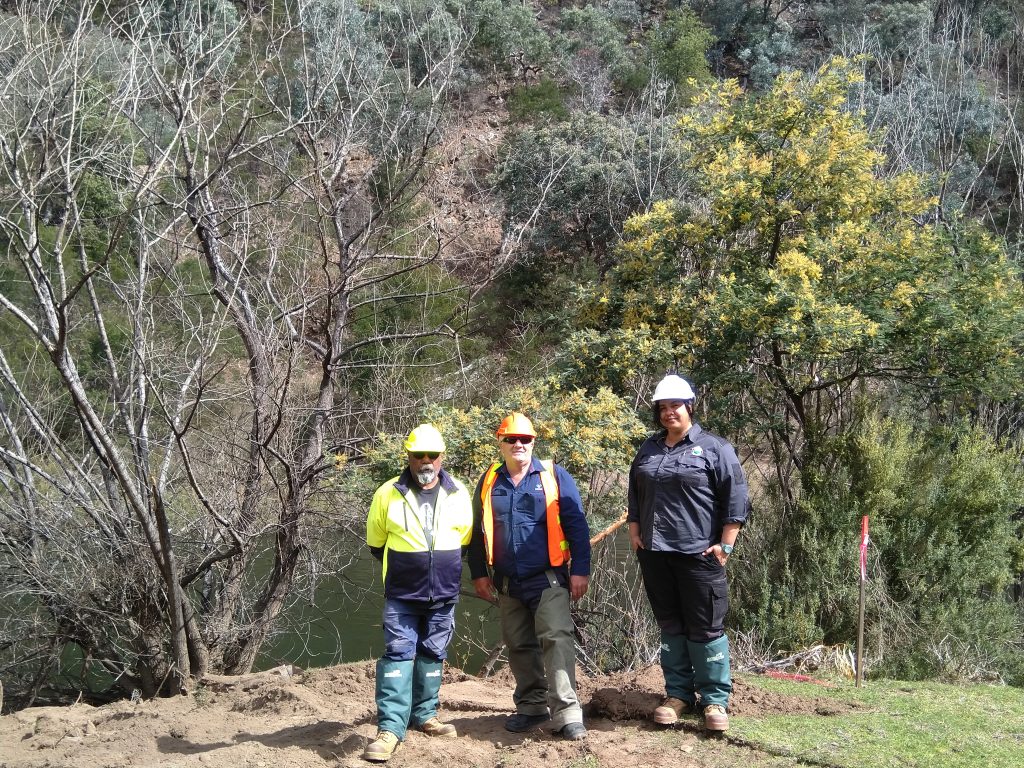
The East Gippsland Catchment Management Authority (EGCMA) has been working with the Gunaikurnai Land and Waters Aboriginal Corporation and local landholders to improve the condition of the Mitchell River Catchment and preserve Gunaikurnai cultural heritage.
On the banks of the Upper Mitchell, 800m of willows has been removed and the banks will be planted with native trees and shrubs to reduce erosion, improve riverbank stability and promote biodiversity. GLaWAC Cultural Heritage Officers Nicky Moffat and Paula Martin visited the site when the initial works got underway to identify the nature of any Aboriginal cultural heritage findings although none were ultimately unearthed.
“Working in partnership with GLaWAC before work starts helps ensure that our activity does not disturb areas of cultural importance.” noted Graeme Dear, CEO of the EGCMA.
